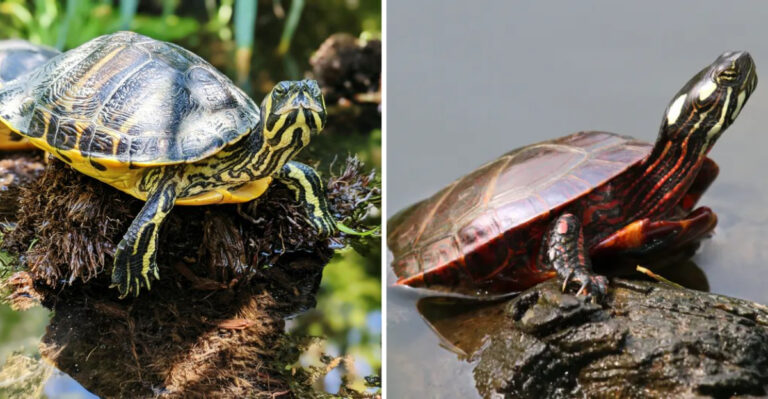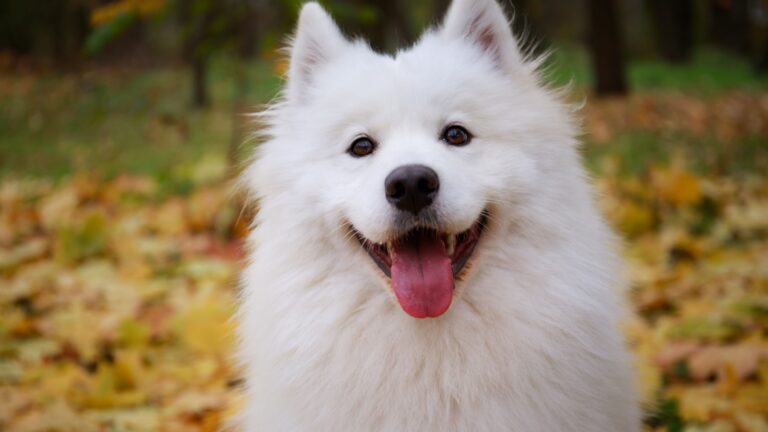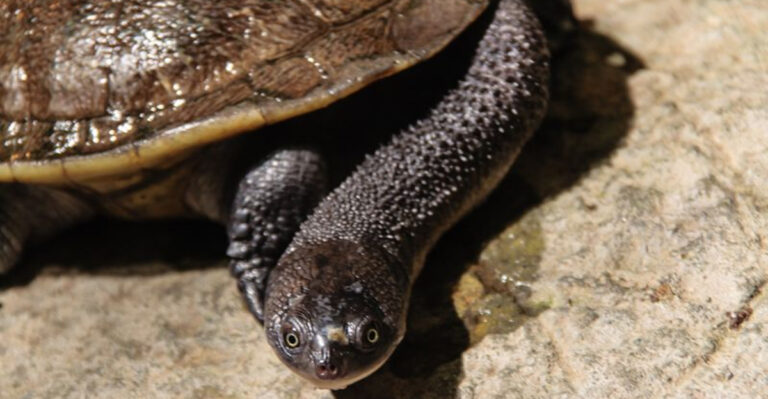The 15 Least Intelligent Animals In The World (2025 Edition)
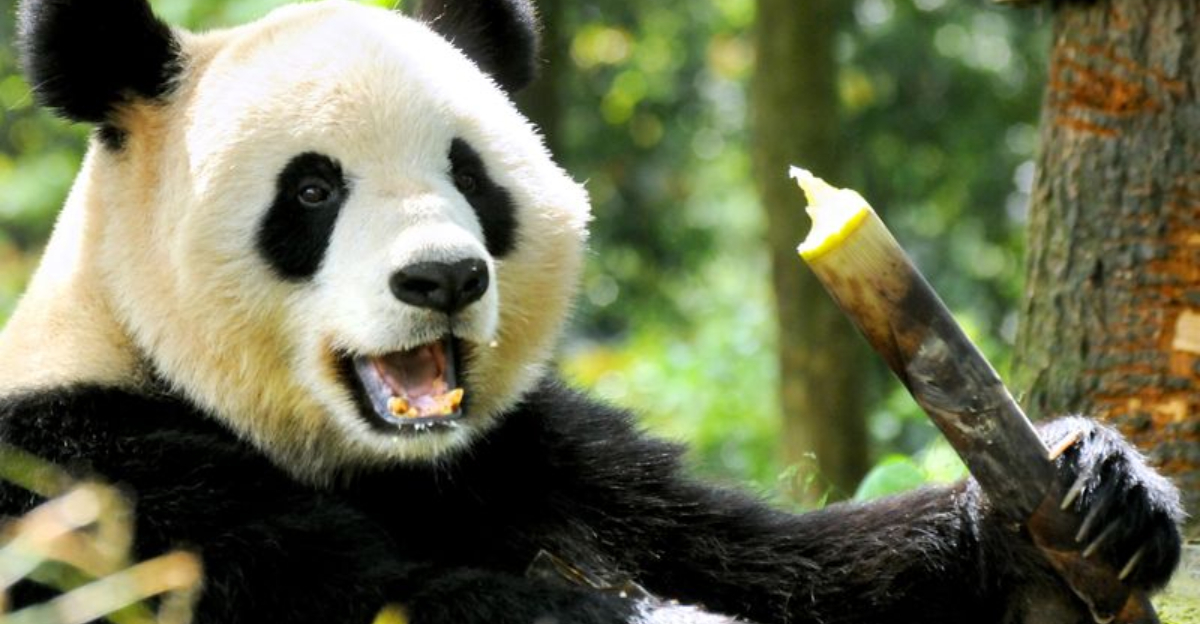
Ever wondered which creatures might not be winning animal spelling bees? Intelligence in animals varies wildly across species, measured by problem-solving abilities, adaptability, and learning capacity.
While every animal has evolved perfectly for its ecological niche, some creatures operate primarily on instinct with minimal cognitive flexibility.
1. Sloths: Masters Of Energy Conservation

Sloths move so slowly that algae grows on their fur, creating natural camouflage. Their brains operate at an equally sluggish pace, with minimal neural activity compared to other mammals.
These tree-dwellers have survived for 60 million years precisely because they don’t overthink things. A sloth’s simple approach to life—eat, sleep, repeat—requires little brainpower but proves remarkably effective in their rainforest homes.
2. Koalas: Smooth-Brained Eucalyptus Addicts
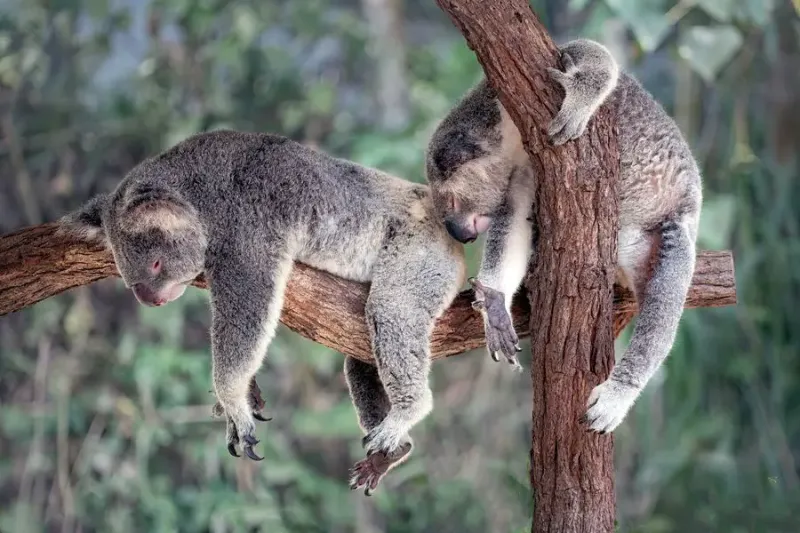
Koalas possess one of the smallest brain-to-body ratios of any mammal. Their brains are unusually smooth (lacking the folds that increase surface area in smarter animals) and fill only 60% of their cranial cavity.
Remarkably specialized, these Australian icons eat only toxic eucalyptus leaves that provide minimal energy. Most of their day is spent sleeping to conserve what little energy they get from their poor diet.
3. Turkeys: Birds That Drown Looking Up
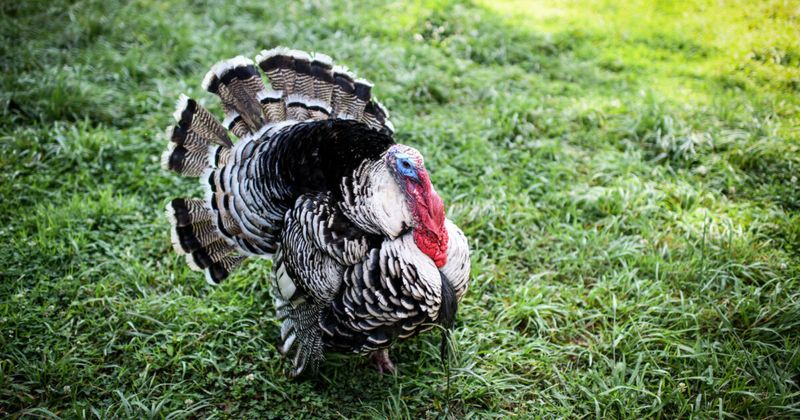
The domestic turkey has earned its reputation for remarkable cluelessness. Some turkeys have been observed staring at the sky with open mouths during rainstorms, occasionally drowning themselves in the process.
Selective breeding has prioritized meat production over brain development. Wild turkeys display significantly more intelligence than their domestic cousins, showing how human intervention has diminished cognitive abilities in favor of plumper birds.
4. Sea Cucumbers: Living Without Thinking
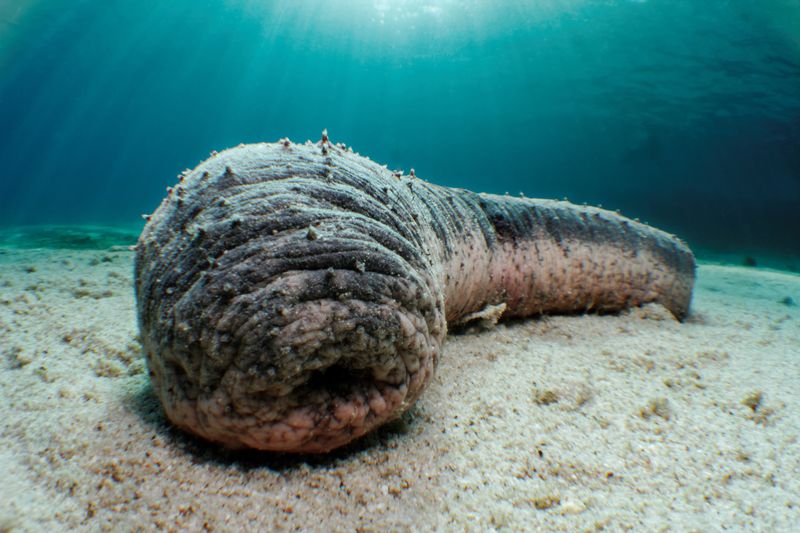
Sea cucumbers lack a centralized brain entirely. Instead, they operate through a simple nerve ring and five nerve cords—essentially a basic neural net without decision-making capabilities.
When threatened, their primary defense mechanism is spectacularly mindless: they eject their internal organs through their rear end to distract predators. The organs regenerate later, but this panic response requires zero thought—just pure survival instinct at work.
5. Jellyfish: No Brain Required

Jellyfish have thrived for over 650 million years without developing anything resembling a brain. They operate using a nerve net—a simple arrangement of neurons that can detect basic stimuli but cannot form memories or learn.
Despite this neural simplicity, jellyfish navigate ocean currents effectively and capture prey with their stinging tentacles. Their success proves that sometimes evolutionary advantages come from simplification rather than increased complexity.
6. Pandas: Evolutionary Dead Ends
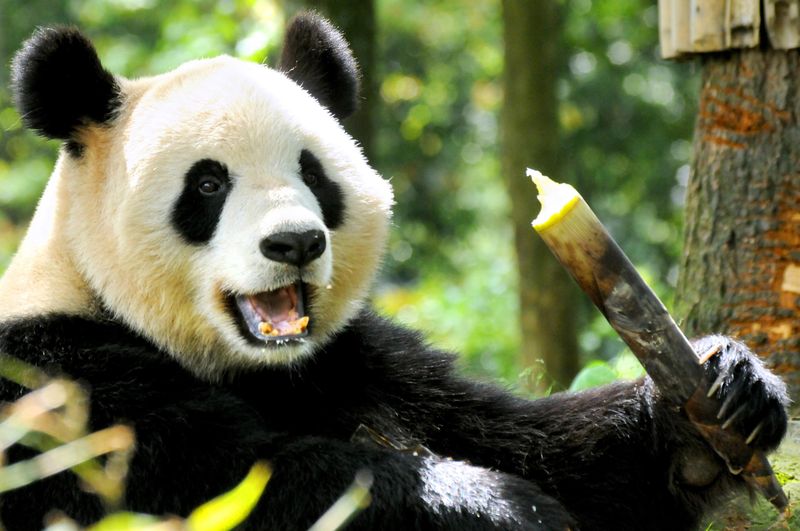
Giant pandas evolved from carnivores but switched to bamboo—a food that provides minimal nutrition and that their digestive systems aren’t optimized to process. This dietary choice forces them to eat for up to 14 hours daily.
Their mating intelligence is particularly lacking. Female pandas are fertile just 24-72 hours yearly, and males often show little interest or ability during this crucial window. Conservation breeding programs frequently resort to artificial insemination due to pandas’ reproductive incompetence.
7. Flamingos: Pretty But Not Bright
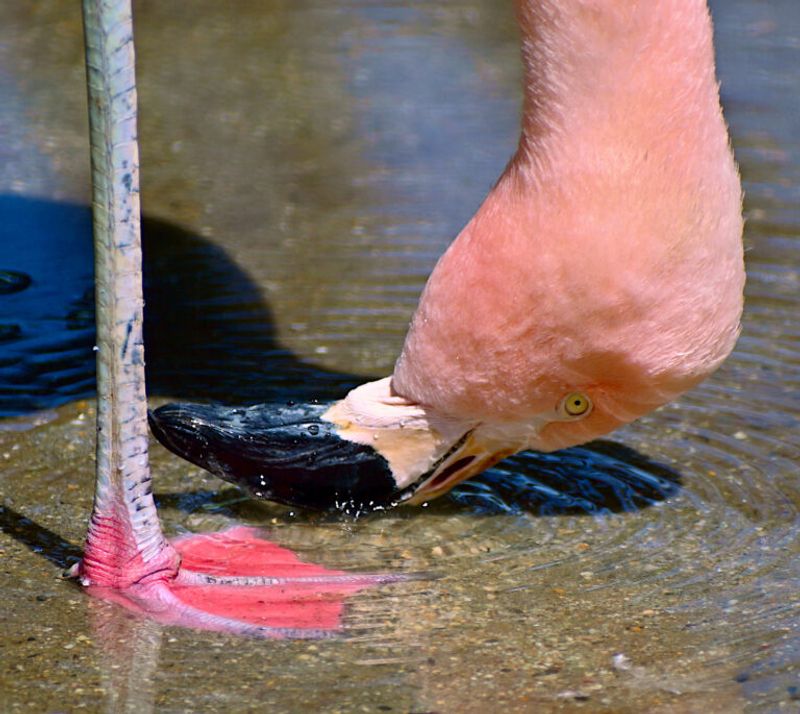
Flamingos might look elegant, but their behaviors reveal limited cognitive abilities. They stand on one leg not through learned behavior but because of an anatomical quirk that locks their leg in place without muscular effort.
These birds also eat with their heads upside-down, using their bills as filtering tools. While effective, this feeding method developed through evolution rather than problem-solving intelligence. Their famous flocking behavior operates through simple stimulus-response patterns rather than social intelligence.
8. Opossums: Nature’s Forgetful Survivors
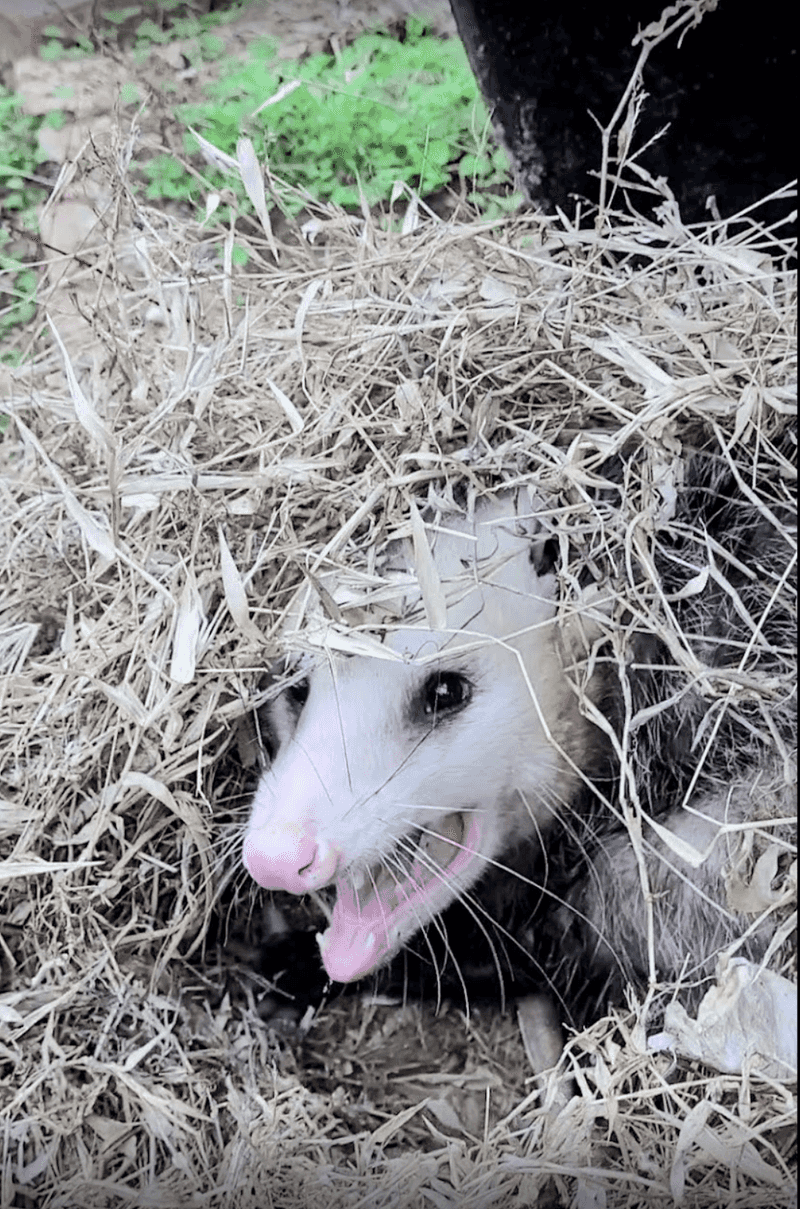
Opossums have one of the smallest brain-to-body ratios among mammals. Their cognitive limitations manifest in poor memory and minimal problem-solving abilities compared to similarly-sized mammals.
When threatened, they famously “play dead”—not a clever strategy but an involuntary physiological response. Their nervous system essentially short-circuits from fear, causing them to fall into a catatonic state with mouth agape and body limp. This isn’t a tactical decision but a neurological shutdown.
9. Kakapos: The Bird That Forgot How To Fly
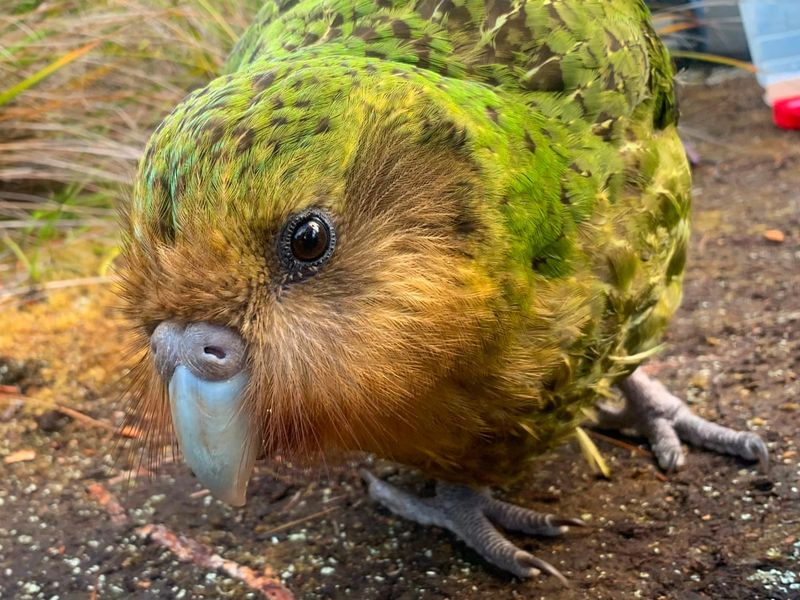
New Zealand’s kakapo parrot demonstrates remarkable cognitive limitations. Having evolved without mammalian predators, these flightless birds never developed fear responses or escape strategies when humans introduced cats and rats to their islands.
Male kakapos dig mating bowls and make booming calls to attract females, but often do this far from where females actually live. Their mating display involves waddling toward potential mates, making them easy targets for predators during their most vulnerable moments.
10. Goblin Sharks: Living Fossils With Primitive Brains
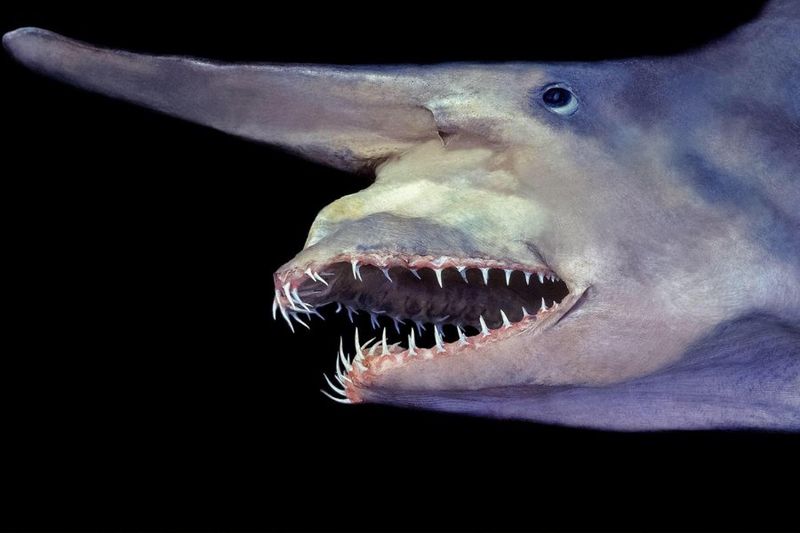
Goblin sharks represent one of the most primitive shark species, with brain structures that have changed little in 125 million years. Their deep-sea habitat requires minimal intelligence as they rely on electroreception rather than complex hunting strategies.
Their bizarre feeding mechanism—a jaw that shoots forward to capture prey—operates through simple reflexes rather than calculated strikes. These rarely-seen creatures survive through specialized adaptations rather than problem-solving abilities, demonstrating how ancient brain structures can remain effective.
11. Cows: Docile Ruminators

Domesticated cattle have had their natural intelligence diminished through thousands of years of selective breeding for docility. Modern dairy cows will continue producing milk long after their calves have been removed, failing to make the connection between calf and milk production.
Cows spend about eight hours daily simply chewing previously consumed food that returns to their mouths—a process requiring no thought. Their herd behavior follows simple leader-follower patterns rather than complex social dynamics seen in more intelligent herd animals.
12. Starfish: Five Arms, No Brain
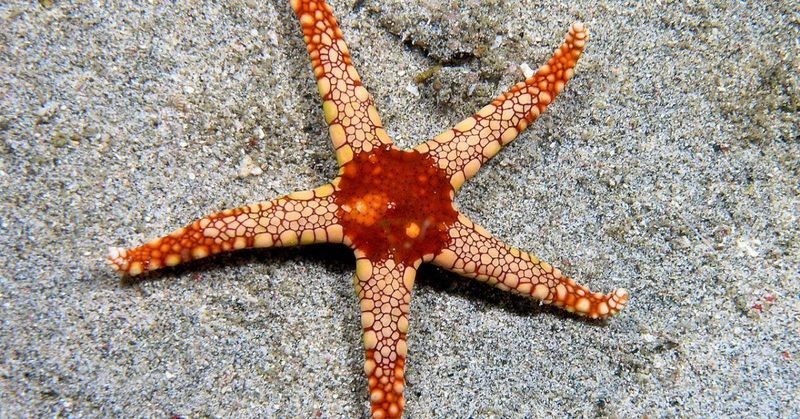
Starfish operate without a centralized brain, instead using a nerve ring that connects their arms. Each arm contains its own mini nervous system, allowing semi-independent function without central coordination.
Their feeding method involves pushing their stomachs outside their bodies onto prey, then digesting externally—a process guided entirely by chemical responses rather than decision-making. If cut into pieces, many starfish species can regenerate from a single arm, with each piece developing its own nerve ring.
13. Guinea Fowl: Nature’s Feathered Panic Buttons
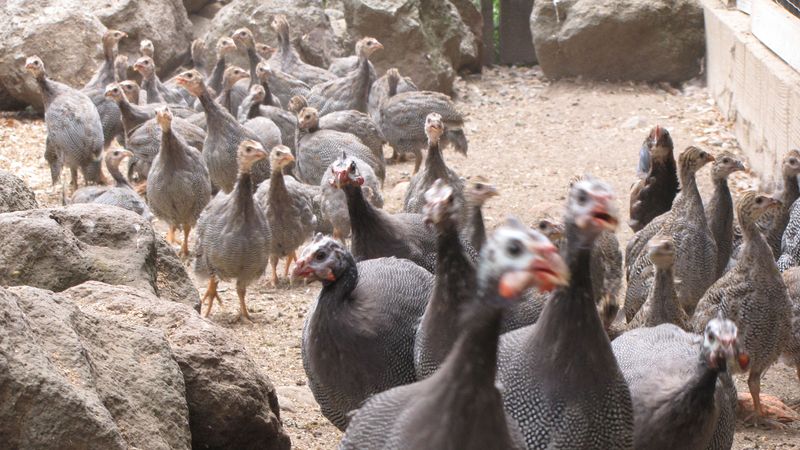
Guinea fowl react to threats with spectacular overreaction, often causing more danger to themselves than the original threat posed. When startled, they’ve been known to stampede in random directions, sometimes trampling their own young.
Despite being domesticated for thousands of years, these birds retain hair-trigger alarm responses without the intelligence to assess actual danger levels. Their communication consists primarily of repetitive alarm calls that continue long after threats have passed, showing minimal ability to process changing circumstances.
14. Flatworms: The Simplest Brains On Earth
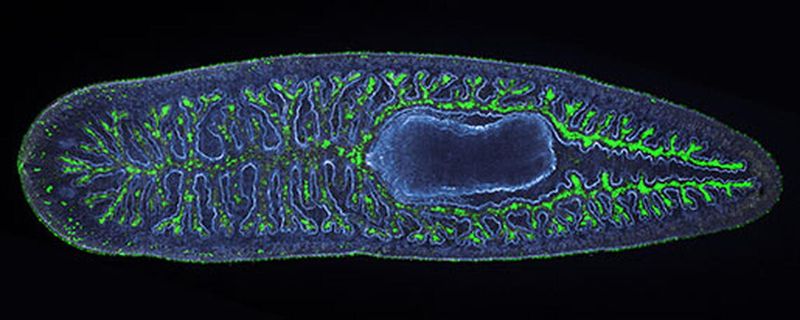
Flatworms possess what scientists consider the simplest brain structure in the animal kingdom—a basic cluster of nerve cells forming a primitive “brain” at their head end. Their learning capabilities are limited to the most basic forms of conditioning.
In a fascinating yet disturbing behavior, when food is scarce, some flatworm species resort to eating their own reproductive organs for sustenance. Once conditions improve, they regrow these organs—an unusual survival strategy that requires no decision-making, just pure instinctual response to hunger.
15. Blobfish: Gelatinous Passivity
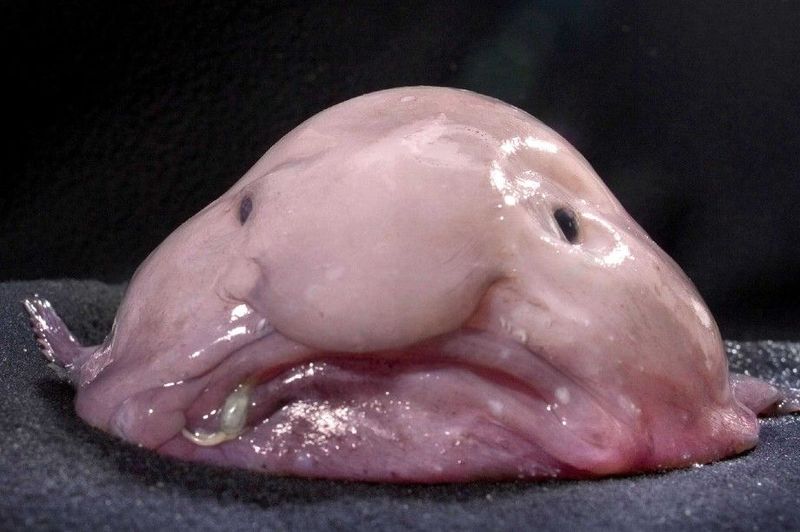
The blobfish, voted world’s ugliest animal in 2013, lives a remarkably passive existence 3,000 feet underwater. Rather than actively hunting, it simply opens its mouth and waits for food to drift inside.
Its famous blob-like appearance is actually a decompression artifact—at depth, it looks more like a regular fish. Its brain evolved for minimal energy expenditure in the deep sea, where food scarcity rewards conservation over active intelligence. The blobfish essentially succeeds by doing almost nothing.



